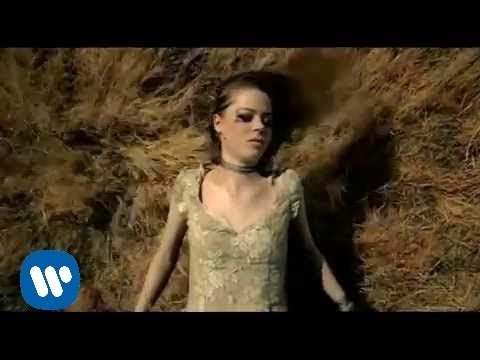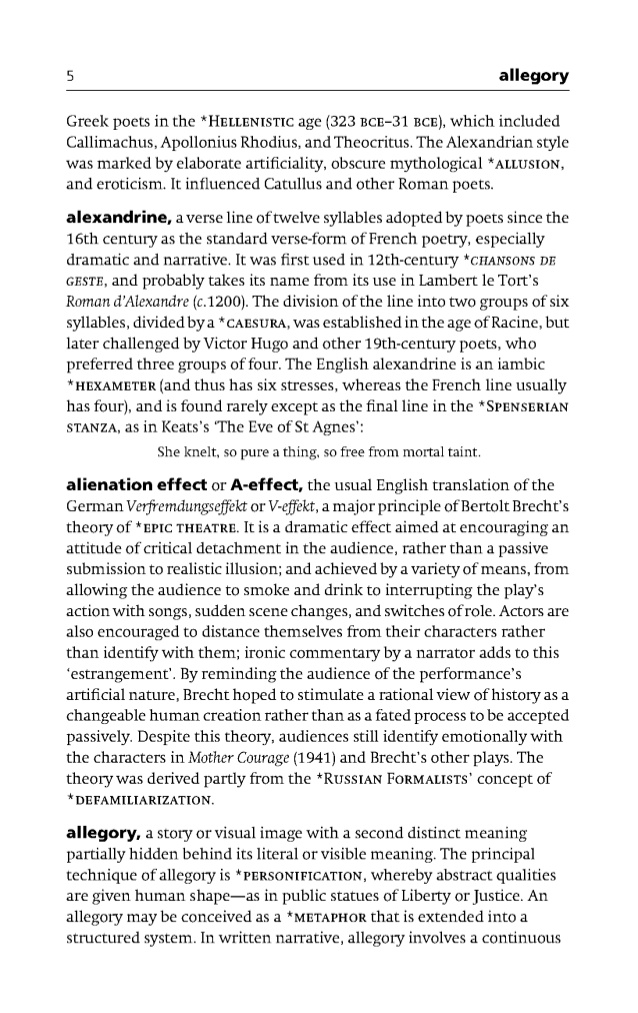

“Affective Fallacy” is the mistake of equating a work with its emotional effects upon an audience. The design or intention of the author is neither available nor desirable as a standard for judging a literary work. Such an approach is fallacious because, to the New Critic, the meaning of a work is contained solely within the work itself, and attempts to understand the author’s intention violate the autonomy of the work. “Intentional Fallacy” is the mistake of attempting to understand the author’s intentions when interpreting a literary work. In The Verbal Icon (1954), William Wimsatt and Monroe Beardsley, while emphasizing the need for ‘objective’ criticism, describe two fallacies which are encountered in the study of literature – Intentional Fallacy and Affective fallacy. New Criticism disclaims both the personal input of the writer (intention) and the emotional effect on the reader (affect) in order to study the ‘words on the page’. New Critics warn the reader against critical practices which divert attention from the poem itself. It is not concerned with external circumstances like the biography of the author, historical context, social conditions at the time of production, effects on the reader and content of the text (message/ideas). It stresses close attention to the internal characteristics of the text itself, and discourages the use of external evidence to explain the work. Intentional and Affective Fallacies: New Criticism is distinctly formalistic in character. The earliest criticism carrying this method could be found in the poetry magazine The Fugitive. The Anglo-American New Critics attempted to systematize the study of literature, to develop an approach which was centered on the rigorous study of the text itself. Central instances of the theory and practice of New Criticism are Cleanth Brooks’ The Well Wrought Urn (1947), and W. Cleanth Brooks and Robert Penn Warren, through textbooks Understanding Poetry (1938) and Understanding Fiction (1943), did much to make the New Criticism the predominant method of teaching literature in American colleges. Wimsatt, Allen Tate and Robert Penn Warren although their critical pronouncements, along with those of Ransom, Richards, and Empson, are somewhat diverse and do not readily constitute a uniform school of thought.

Some figures associated with New Criticism include Cleanth Brooks, R.P. Richards’ The Principles of Literary Criticism, and William Empson’s Seven Types of Ambiguity (1930). Early works in the New Critical tradition were those of English critics – T.S.Eliot’s The Sacred Wood, I.A.


Spingarn in his booklet The New Criticism in 1911, was made current by John Crowe Ransom’s The New Criticism (1941), a work that organized the principles of this approach to literature. The term ‘New Criticism’, though put into circulation by J.E. It was opposed to the critical practice of bringing historical, socio-political or biographical data to bear on the interpretation of a work. It insisted on the intrinsic value of a work of art and investigated the individual work as an independent unit of meaning. Though influenced by Russian Formalism, it developed independently on both sides of the Atlantic, in England and the United States, centering around literary devices and the author’s craft with an exclusive focus on poetry. New Criticism is a school of Anglo-American literary critical theory that was influential from the late 1920s and prominent until the late 1960s, whose founding fathers were two colossal figures of the critical world, T.S.Eliot and I.A.Richards.


 0 kommentar(er)
0 kommentar(er)
